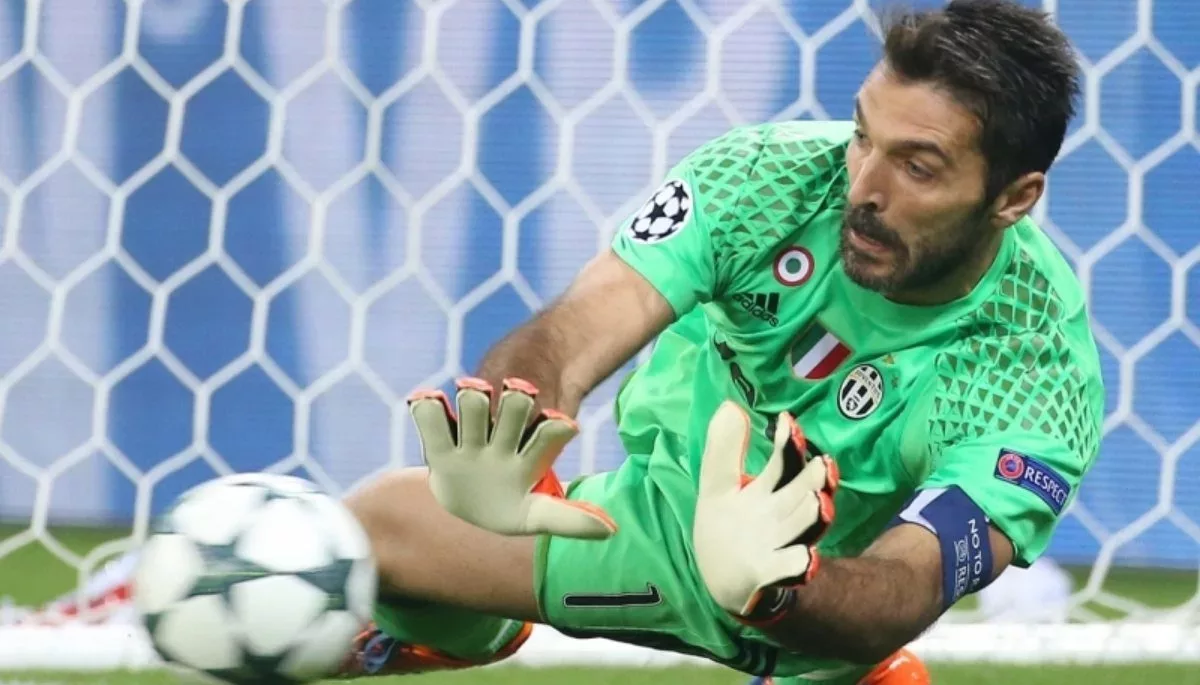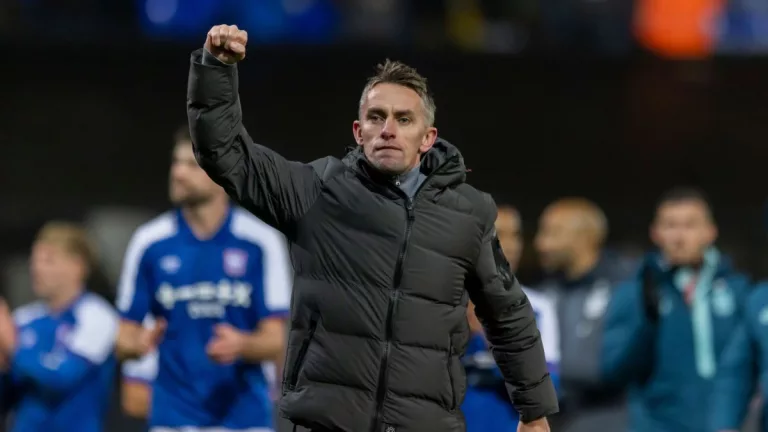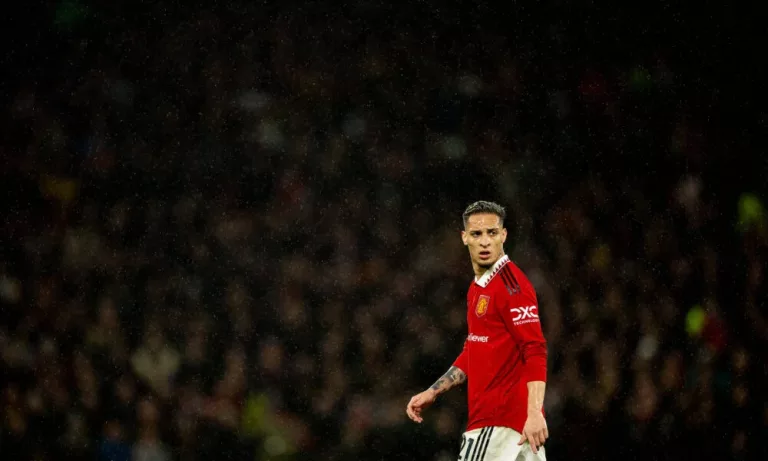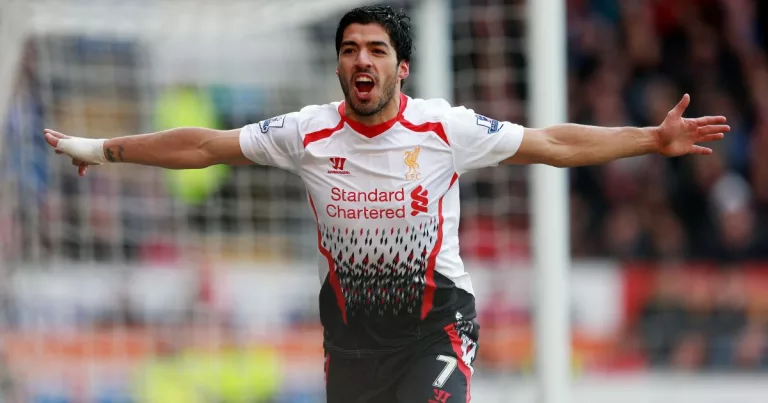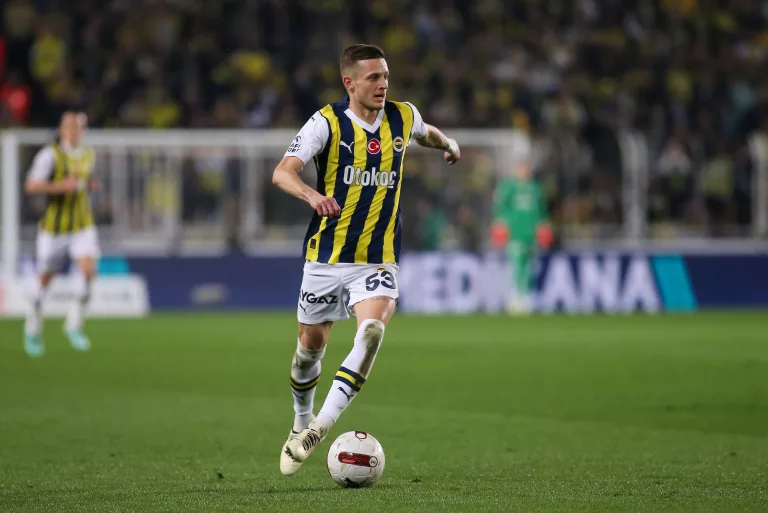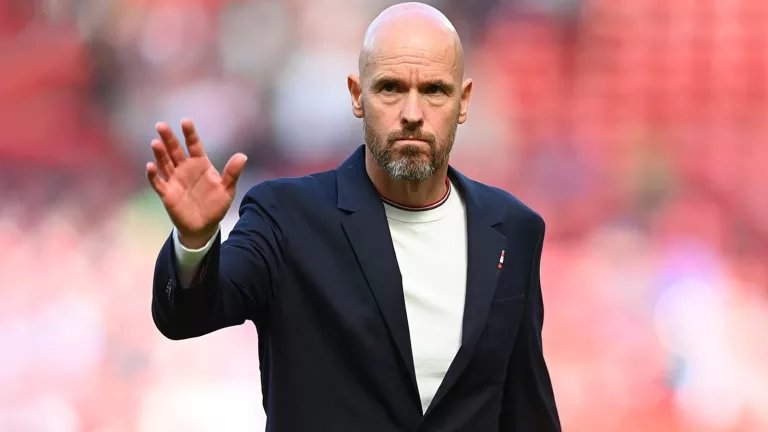The NEED for a Modern Goalkeeper in Top Teams
Since football’s inception, the position of the goalkeeper has undergone massive changes from era to era. Initially, the primary purpose of a goalkeeper was to be a shot-stopper. That has evolved immensely since then, with a modern goalkeeper assuming a more comprehensive role in modern times. The goalkeeper’s evolution reflects the transformation of the sport itself, with shot-stopping becoming just a facet rather than the be-all and end-all of the position.
In the early days of football, the goalkeeper’s responsibility was to stop the ball from hitting the back of the net. Keepers were commonly positioned close to the goal line, relying on their reflexes and agility to make saves. You didn’t need to be particularly athletic; you just needed to be fearless. The emphasis was shot-stopping, and their involvement in the game beyond that was goal kicks and taking the ball out of their own nets. Goalkeepers of the early eras of the game should be commended for their bravery – or stupidity—due to the ferocious challenges they faced and the thunderous strikes of leather balls that came in their direction.
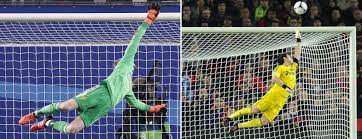
An Evolution in Goalkeeping
Football, in its earliest form, was extremely basic, but it was end-to-end with little to no tactics and no offside trap. You’d regularly get high-scoring games due to the basic premise of the game itself at the time. But as the game’s rules evolved with modern revisions and adaptations, so did that of the goalkeeper.
Some of the earliest rule changes that changed the role of the goalkeeper were the offside rule and that they were only allowed to handle the ball in their own penalty area. The introduction of the Offside Rule was in 1863, and this changed the positioning of teams, forcing the goalkeeper to drop deeper.
By the early 20th century, the handling restriction regulations had fully evolved. The rules meant that a goalkeeper would not be allowed to pick the ball up from throw-ins from their teammates, but this allowed them to pick up the ball from back passes from their teammates. Restrictions usually varied between different leagues and football associations until a standard rule was defined.
Up until the early 1990s, there were not many changes made to that of a goalkeeper. Football was a constantly evolving game, and tactics, football technology, as well as coaching changed how a goalkeeper would be involved in the game. Football had become a pragmatist’s dream.
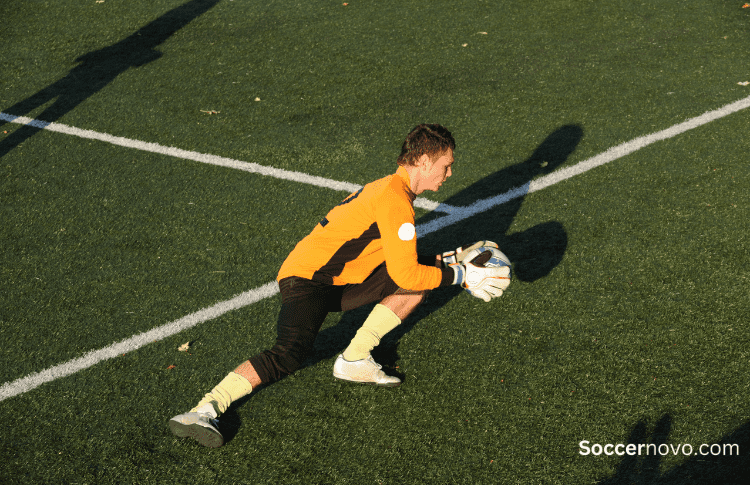
The 70’s and 80’s: Two Decades of Pass Backs and Boredom
During the 1970s and 1980s, it had become common for teams to tactically bore the arses out of fans and opposition teams. The game had started to become boring. And it was due to an infuriating tactic that was so remarkably effective that it had become commonplace for sides who were holding onto draws and wins. During the 70s, it was even more successful as a win was only worth two points in England up until 1981.
It was rare during that time for a game not to finish 0-0 or 1-0. Games often passed fans by, with the game often being played between a goalkeeper and their defense.
That tactic was defenders repeatedly passing back to the keeper from the halfway line. An example of this that epitomised football at the time was Graeme Souness’ backpass against Dynamo Kyiv. Where instead of attacking while Rangers were winning, he chose to turn back to his own goalkeeper and hoof the ball 70 yards.
This scourge on football had become commonplace. Liverpool, during their European and Division One dominance in the 1970s and 1980s, were notorious for this. Liverpool’s Steve Nicol iconically was the last player in English football who passed back to his goalkeeper Bruce Grobelaar for him to pick it up legally.
The Rule That Changed the Sport
The rule change that required goalkeepers to be skilled with their feet can be traced back to the 1990 World Cup, specifically a match between Ireland and Egypt. A game that should have been largely forgetful ended in a boring 0-0 draw. The game was dull, and it highlighted the negative aspects of football at the time. It forced football’s hand and made the International Football Association Board (IFAB) make significant changes to the rules. These games could be no more. Football had become boring.
During the match, both teams resorted to time-wasting tactics, with Egypt frequently passing the ball back to their goalkeeper, who would then pick it up and delay the game by walking around before kicking it downfield. Ireland knew a draw would be enough to advance from the group stage and followed suit. Packie Bonner gleefully hoofing the ball back to the Egyptians was a common theme in the match. These tactics, while within the rules at the time, led to a dull experience for everyone. But this was on the global stage, in the World Cup. During the game, Packie Bonner held the ball for almost six minutes without releasing it. 6 whole minutes.
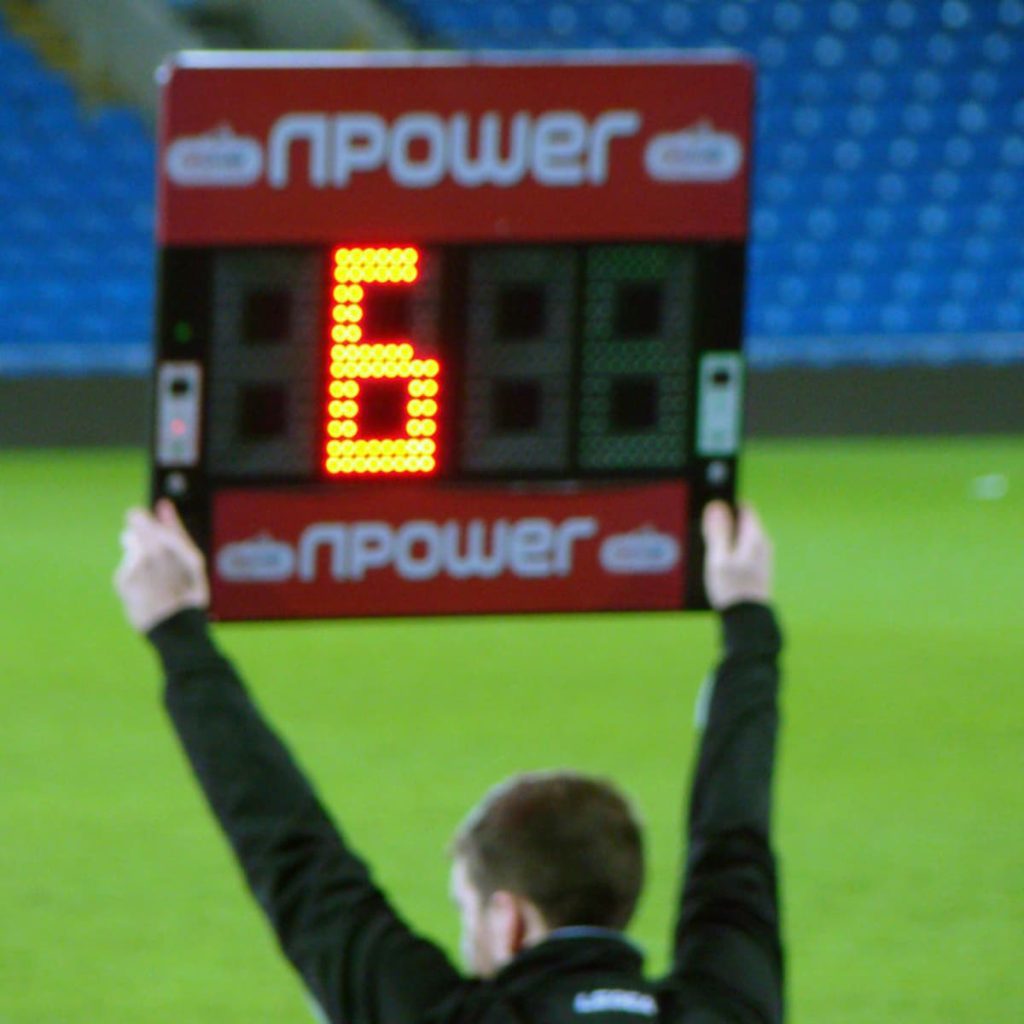
A Change Must Be Made
The governing bodies quickly recognised that such time-wasting tactics and defensive strategies were becoming increasingly common in football. This impacted the overall pace and entertainment value of the game at the time. The Ireland-Egypt match signaled a need for change. In response to the growing concerns about the game’s speed and the excessive reliance on time-wasting tactics, the IFAB decided to abolish the back-pass rule. Previously, goalkeepers were allowed to handle the ball when passed to them by their teammates. However, the new rule prohibited goalkeepers from handling deliberate back-passes, forcing them to use their feet instead.
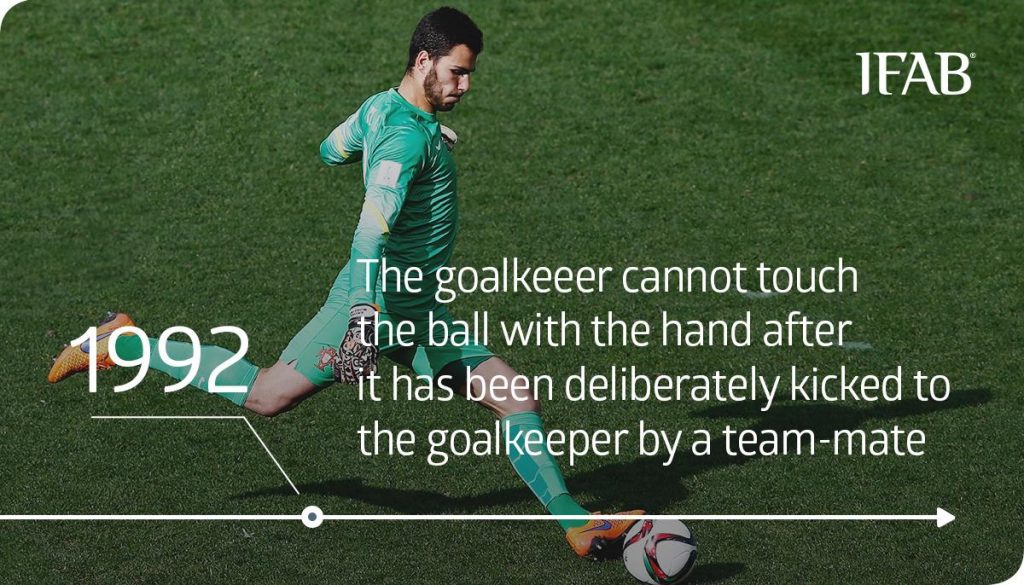
The Back-Pass Rule
A new rule had been brought in. The Back-Pass Rule. Under the new rule, goalkeepers were prohibited from handling the ball if it had been “deliberately kicked to him by a team-mate.” While it may seem ridiculous now, this was revolutionary at the time. What we found out is that teams struggled with the rule early on. Liverpool and Nottingham Forest, two of England’s best sides in the 70s and 80s, did not transition well. So it coincided with their downfall. Nottingham Forest were relegated in the first Premier League season. Liverpool went from winning the title 10 times in 15 years from 1976 to 1990; to failing to win it again until 2019/20.
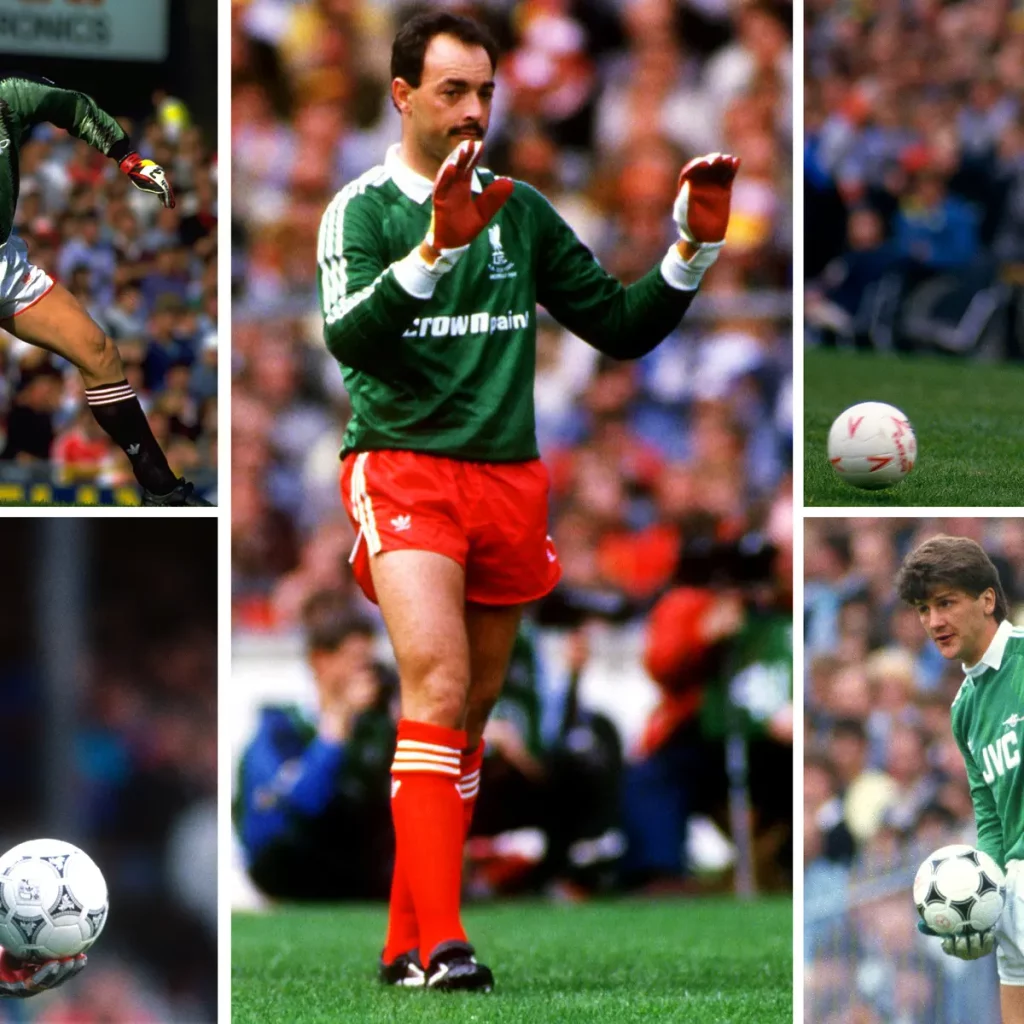
A New Skillset
This rule change also had a significant impact on the game and the types of players footballers were. Suddenly, goalkeepers had to become skilled with their feet, and defenders could no longer rely on a simple back-pass to the goalkeeper as an easy out-ball. Teams were no longer able to depend on breaks in play to catch their breath. Initially, there was a period of adjustment where players, especially nervous defenders, resorted to more long balls forward. However, clubs quickly adapted, leading to a dramatic improvement in the sport. Goalkeepers that had built their game on shot-stopping and an ability to kick a ball 70 yards had become obsolete.
As a goalkeeper, you could no longer be rubbish with the ball. You had to use your legs for more than shot stopping and standing on. Passing was now a requirement in the game, and it left goalkeepers like Packie Bonner behind.
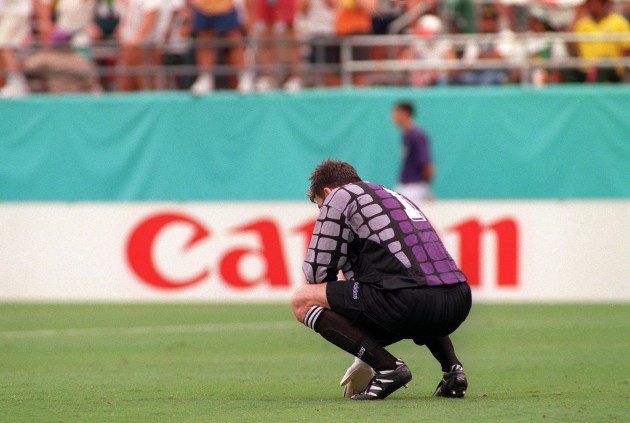
New Rule, New Tactics
The new rule incentivizes attackers to press high and forces defenders to make mistakes. Defences had to drop deeper to cover the space left behind due to the goalkeeper’s inability to handle back passes. This made the pitch bigger and created extra space in midfield. Enabling more direct passing, dribbling, and assertive attacking football. The game became faster and more dynamic, with fewer breaks in play and increased opportunities for attacking and counterattacking. The game was no longer boring.
The introduction of the backpass law coincided with the launch of the Premier League in the same summer. This played a crucial role in its global success. The matches’ high caliber entertainment value and the improved playing style brought about by the rule change increased the league’s popularity.
The impact of the backpass law extended beyond the Premier League. It helped revive and dominate the possession-based philosophy of football, as seen in Johan Cruyff’s Barcelona ‘Dream Team’ and its influence on subsequent teams like Louis van Gaal’s Ajax and Pep Guardiola’s Barcelona.
Ultimately, the backpass law revolutionised the role of goalkeepers and central defenders, who had to become proficient with their feet. It reintegrated goalkeepers as active participants in the team’s play rather than mere shot-stoppers. The rule change paved the way for the emergence of sweeper-keepers like Edwin van der Sar, who contributed to building attacks from the back.
In summary, the rule change regarding back passes was a direct response to the negative tactics and time-wasting seen in the Ireland-Egypt match at the 1990 World Cup. It led to goalkeepers and defenders needing to use their feet more effectively, resulting in a faster and more entertaining style of play in football.
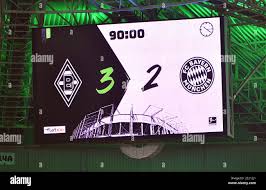
The Theory of Total Football
Following the backpass law’s innovation and the resulting transformation of goalkeepers’ and defenders’ roles, it’s intriguing to revisit Johan Cruyff’s ideology of “Total Football.”
“In my team, the goalkeeper is the first attacker and the striker is the first defender.”
Johan Cryuff
The philosophy reimagined the traditional roles of players; the modern goalkeeper is not just a last line of defense but is the first attacker—the 11th outfield player—actively involved in building plays and setting up offenses. In this ideologue, the striker wasn’t solely a goal poacher but assumes the role of the first defender, disrupting opponents’ play from the front. This evolution from fixed positions to a fluid team dynamic emphasizes the strategic development that football has undergone.
It’s a testament to the game’s inherent adaptability and the visionary minds like Cruyff’s that continue to redefine and shape its future, and when thinking forward, you have to think from the back. In football, that starts with the goalkeeper.
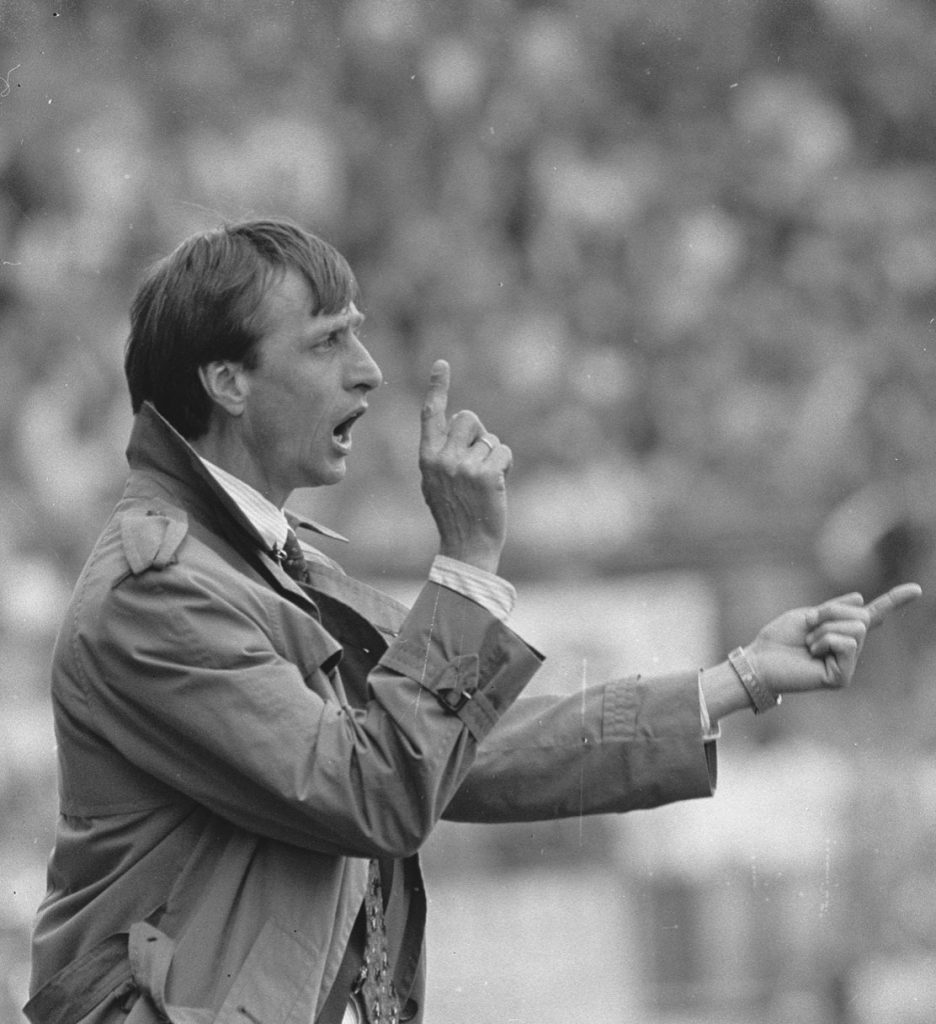
The Role of a Modern Goalkeeper in Today’s Game
In the contemporary game, goalkeepers have become key to a team’s ability to play out from the back, and they are expected to be exceptional at saving shots. We’ve seen coaches switching their goalkeepers, changing the course of the game, and elevating teams from Champions League hopefuls to domestic league title contenders and regular participants in European competition.
This shift has fuelled English clubs’ recent successes in European competitions, exemplified by Manchester City’s victory over Real Madrid. The importance of the goalkeeper’s role was highlighted in the Champions League final, where Ederson and Onana, both renowned for their footwork as much as their shot-stopping, faced off.
This is a stark contrast to the early ’90s. The backpass rule changed the traditional goalkeeper role, and it’s now ushering in a new era where a goalkeeper is expected to be more than just an excellent shot-stopper.
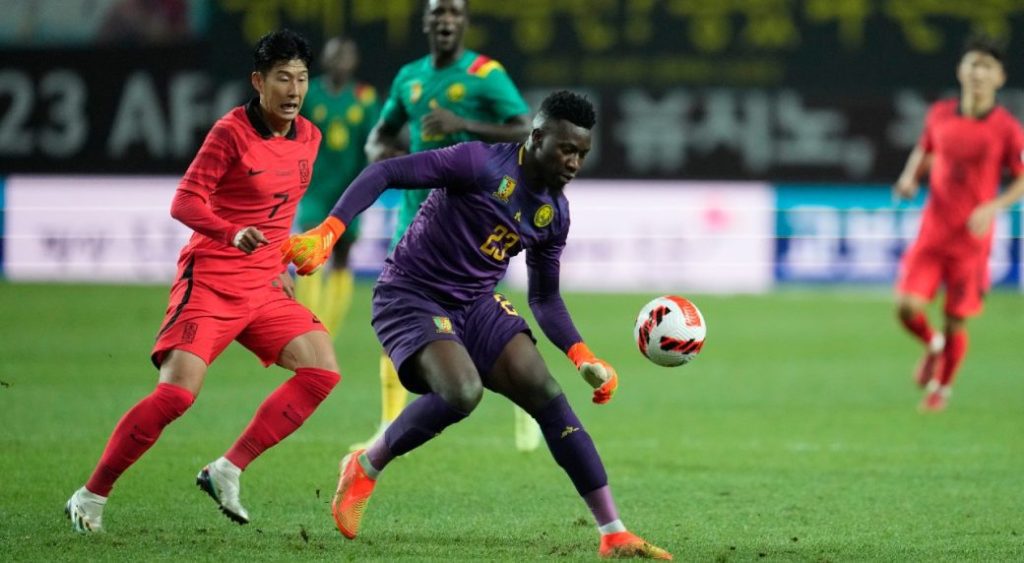
Advantages Of a Modern Keeper
By adopting this strategy, a team can use a more aggressive position, enabling the goalkeeper to introduce versatility into the game. When the need arises for a long pass, they possess the skills to deliver it with precision. Ultimately, teams embracing this style of passing can effectively dictate the tempo of future matches.
In the realm of modern football, control reigns supreme. Without it, chaos prevails.
Are Traditional Keepers Still Useful?
Let’s delve into the case of a classic goalkeeper like David de Gea, who found himself in a system that demanded improved passing skills to effectively initiate play from the back. This circumstance eventually led to de Gea’s departure from Manchester United, with rumors swirling about the potential replacement of a more modern goalkeeper like Onana.
Looking back, it was the arrival of Pep Guardiola at Manchester City in 2016 that brought about significant changes in the landscape of English football. Guardiola revolutionized how teams utilize their goalkeepers and construct their gameplay from the defensive line. Consequently, it has become more viable for teams to adopt Guardiola’s distinctive style of play.
While there were initial challenges with Claudio Bravo, Ederson has seamlessly adapted to the Premier League and paved the way for other goalkeepers like Jason Steele and Alisson Becker to excel. Although some fans may prefer Jürgen Klopp’s dynamic brand of football, mastering Guardiola’s system offers greater rewards. Successfully coaching players to adapt to this intricate system is a testament to a manager’s expertise. Guardiola, being a disciple of the Cryuffian total football system, instills a philosophy that prioritizes control, akin to an orchestra, whereas Klopp’s system may be likened to rock and roll in its dynamism.
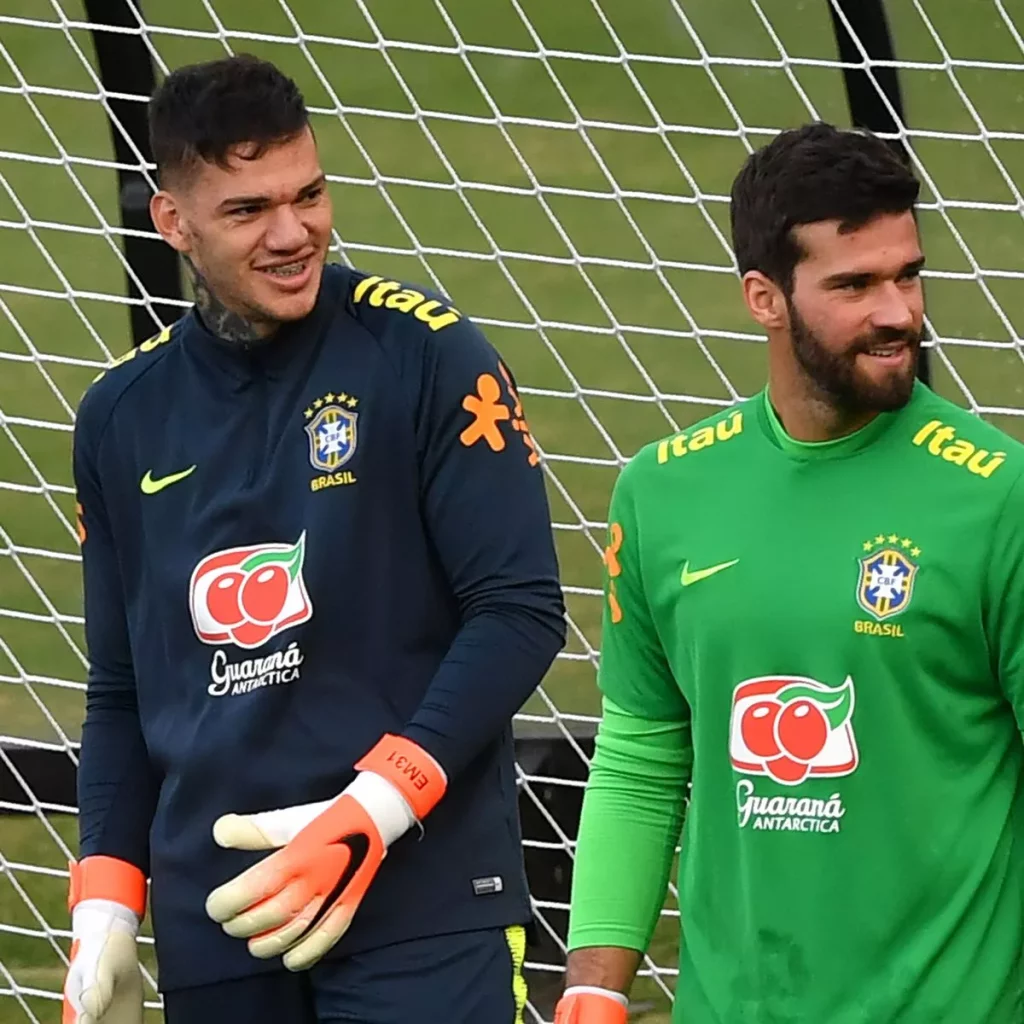
Brighton
Let’s take Brighton as an example. When in possession, they employ a 2-5-3 formation, with their center-backs maintaining a deep position while the fullbacks push forward to join the attack. This tactical approach offers Brighton greater flexibility to construct goal-scoring opportunities, resulting in a season that surpassed their typical standards. By generating a higher number of high-quality chances, Brighton can assert control over the game and, consequently, achieve more favorable outcomes on the field.
Over the course of several decades, football has undergone an evolution that favors a more captivating and offensive style, ultimately enhancing the experience for spectators. The coach’s strategy has transitioned from merely focusing on preventing chances for the opposing team to devising methods to create more opportunities for their own side. This shift reflects a broader trend in the sport, where the emphasis is placed on proactive and attacking play.
The New Era Keeper
The evolution of football has revolutionized the role of goalkeepers, transforming them from simple shot-stoppers to integral players who contribute to the team’s overall tactics. The introduction of the backpass rule has played a significant role in this transformation, pushing goalkeepers to enhance their footwork, passing abilities, and tactical involvement. No longer confined to being the last line of defense, goalkeepers have become an active part of the team’s strategy.
The combination of the backpass rule, advancements in tactics, and the influence of visionaries like Johan Cruyff and the total football philosophy have had a profound impact on the game. Goalkeepers now function as an eleventh outfield player, actively participating in setting up attacks and maintaining control. Sweeper-keepers like Edwin van der Sar in the past and modern goalkeepers like Andre Onana embody this dynamic style of football that blends defensive solidity with attacking prowess, making the game faster and more entertaining.
Looking ahead, the goalkeeper’s role will continue to evolve, adapting to new tactical developments, technological advancements, and evolving playing styles. The era of the goalkeeper as a mere shot-stopper is a thing of the past. Today, goalkeepers must excel in ball-playing skills, contribute to the team’s build-up play, and play a crucial role in shaping the pace and direction of the game. This new style of goalkeeping not only enhances the aesthetic of the sport but also opens up a wealth of tactical possibilities that will shape the future of football.


